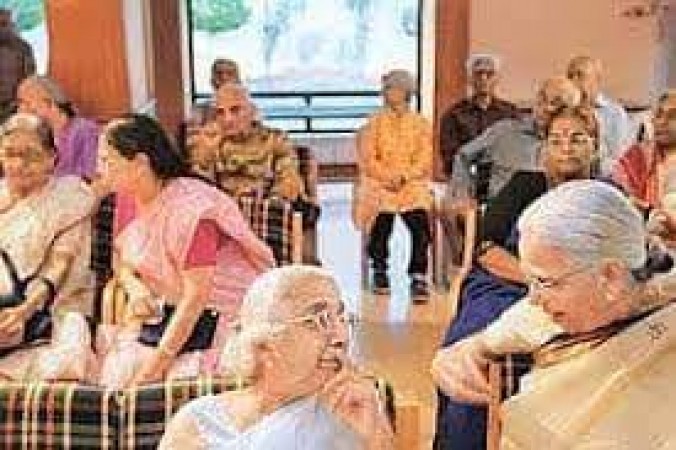
As societies evolve, so do the dynamics of family structures and social responsibilities. In recent times, the concept of old age homes has gained prominence, raising questions about the role and struggles of the elderly in the society. This article delves into the topic, shedding light on the significance of old age homes and the challenges faced by the elderly in today's world.
1. The Changing Landscape of Family Dynamics
1.1 The Shift from Joint Families to Nuclear Families
In the past, joint families were prevalent, and the elderly were cared for by their children and grandchildren. However, with modernization and urbanization, nuclear families have become more common. This shift has resulted in a decrease in the number of family members available to support the elderly.
1.2 Financial Constraints and Independence
Elderly individuals may face financial constraints due to retirement and medical expenses. The need to maintain independence might lead some seniors to opt for old age homes where they can lead a self-reliant life.
2. Role of Old Age Homes
2.1 Providing a Supportive Community
Old age homes play a crucial role in providing a supportive community for the elderly. These facilities offer companionship, social interactions, and activities that can enhance the well-being of seniors.
2.2 Medical and Emotional Care
Trained staff at old age homes cater to the medical and emotional needs of the residents. Regular check-ups, access to healthcare facilities, and counseling sessions contribute to a better quality of life for the elderly.
2.3 Creating a Sense of Belonging
Old age homes foster a sense of belonging among the residents. They form new friendships and find like-minded individuals with whom they can share experiences, making their stay more enjoyable.
3. Struggles Faced by the Elderly in Old Age Homes
3.1 Loneliness and Isolation
Despite the supportive environment, some elderly individuals may still feel lonely and isolated. Being away from their families can lead to feelings of abandonment and melancholy.
3.2 Lack of Family Bonding
The absence of regular interactions with family members can result in a lack of family bonding. This can lead to emotional distress and a longing for familial connections.
3.3 Health Issues and Accessibility
As individuals age, their health becomes more delicate, requiring specialized care. Old age homes must ensure easy accessibility to medical facilities and health professionals to address these concerns adequately.
3.4 Financial Struggles
For some seniors, the cost of living in an old age home can be a financial burden. Many might face difficulties in affording such facilities, limiting their choices for suitable living arrangements.
4. Embracing the Silver Years
4.1 Encouraging Active Aging
Old age homes can promote active aging by organizing various physical and mental activities that keep the residents engaged and motivated.
4.2 Celebrating Achievements
Recognizing and celebrating the accomplishments and experiences of the elderly can boost their self-esteem and instill a sense of pride.
4.3 Promoting Volunteerism
Encouraging the elderly to participate in volunteer activities can provide them with a sense of purpose and fulfillment. Old age homes have become an integral part of modern society, offering a safe haven for the elderly while addressing the challenges they face. The changing family dynamics, financial constraints, and the need for independence have led to an increased reliance on these facilities. However, it is essential to acknowledge and address the struggles experienced by the elderly in such environments to ensure that they truly embrace their silver years with dignity and contentment.